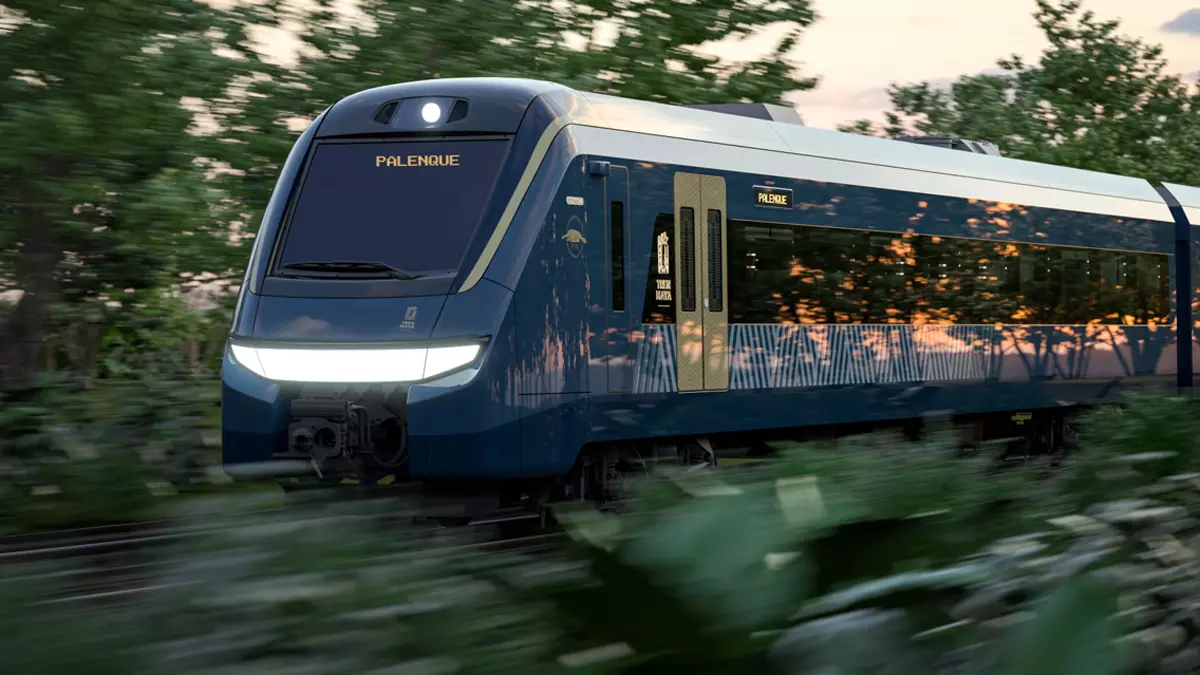Employment Generation and the Maya Train
The Maya Train project is an ambitious infrastructure initiative in Mexico aimed at boosting connectivity, tourism, and economic development in the southern region of the country. The train will traverse five states, including the Yucatan Peninsula, Chiapas, Tabasco, Quintana Roo, and Campeche, covering approximately 1,500 kilometers. The project is expected to create numerous employment opportunities and contribute significantly to the local economy.
Driving Economic Growth
The construction and operation of the Maya Train will require a significant workforce, ranging from engineers and construction workers to hospitality and tourism professionals. This will result in a substantial influx of job opportunities for the local population. The project’s construction phase alone is expected to generate thousands of direct and indirect jobs, providing a much-needed boost to the region’s employment rates.
Moreover, the Maya Train will enhance connectivity between various tourist destinations, including archaeological sites, natural reserves, and coastal areas. This improved accessibility will attract more visitors to the region, leading to increased tourism revenue and the creation of additional jobs in the hospitality, transportation, and service sectors.
Sustainable Development
The Maya Train project also places a strong emphasis on sustainable development. The train will be powered by clean energy sources, reducing its carbon footprint and contributing to Mexico’s commitment to combat climate change. Additionally, the project includes plans for the preservation and restoration of cultural and natural heritage sites along the train route, ensuring the long-term sustainability of the region’s tourism industry.
By promoting sustainable tourism practices, the Maya Train aims to create employment opportunities that align with environmental conservation and social responsibility. This approach not only generates economic benefits but also ensures the preservation of the region’s unique cultural and ecological assets for future generations.
Investment and Collaboration
The implementation of the Maya Train project involves collaboration between the government, private sector, and local communities. Public-private partnerships are being formed to attract investment and expertise, leading to the creation of new businesses and industries in the region. This collaboration will further strengthen the local economy and provide diverse employment opportunities for the population.
Furthermore, the Maya Train project has the potential to stimulate economic growth in neighboring areas through increased trade, tourism, and investment. The improved connectivity and infrastructure will facilitate the movement of goods and services, benefiting not only the immediate region but also the broader economic ecosystem.
In conclusion, the Maya Train project is set to be a catalyst for employment generation and economic development in Mexico’s southern region. By creating jobs, promoting sustainable practices, and fostering collaboration, the project aims to uplift local communities and unlock the region’s full potential.
